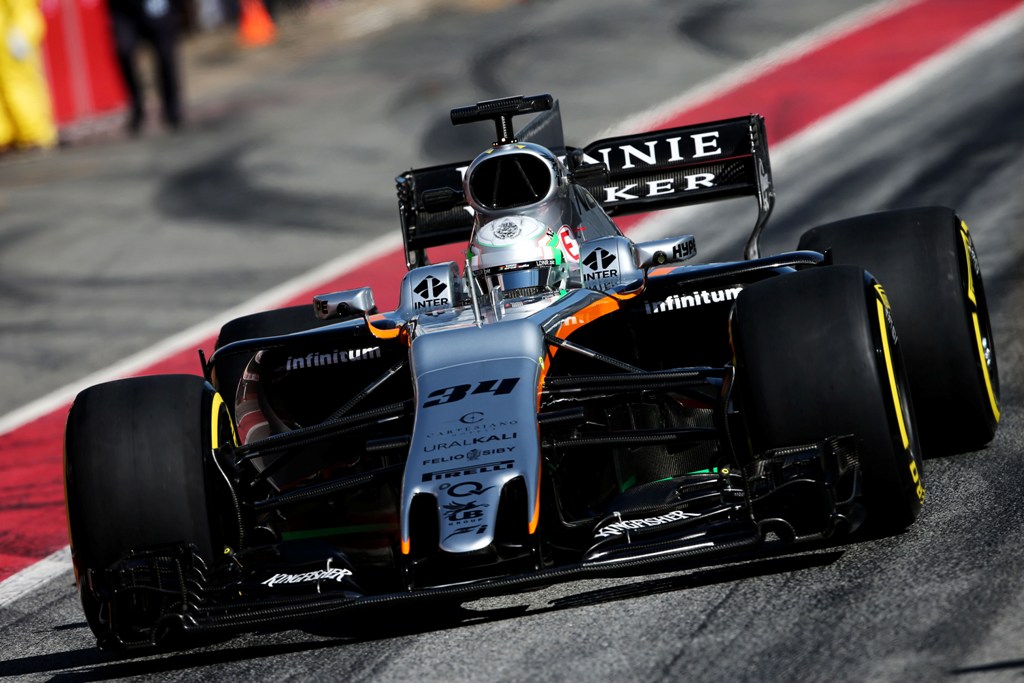In Formula 1, speed is everything. Or is it? To a reasonably large extent, yes speed is the basis of Formula 1. The faster you drive, the more or better your chances at winning the contest. But does the fastest man on track, irrespective of whether he is driving a McLaren or Red Bull, Mercedes or Ferrari the assured winner? Is a win guaranteed to the fastest car on track. Not always. Not necessarily. What also matters, besides the obvious requirement or play of speed, are reflexes.
Without reflexes, to put it mildly, an F1 driver is akin to a house without a ground floor. How do you construct the top tier floor or those underneath. You’ve got to have a sound base up first, right? For it is the reflexes with which one can make or break his chances of dominating an F1 contest. Which is why what’s also important in the high-speed world of Formula 1, where the race winner could be decided by the narrowest of margin is the thing called F1 reaction test.
After all, one ought to remember that F1 is a sport where high-speed impacts and unexpected collisions and sudden weather changes can hamper the result of a race or how a driver would want for things to happen in a way that favour him or suit his chances. A lot, therefore, comes to rest on the capacity and strength of the driver himself; not just or not solely his winning car.
Also Read | What is the Asian Le Mans series 2025 about?
And in that regard, it is essential to understand that the fastest that one can respond to, in terms of whether making a quick-turn, or slamming the brakes hard or taking evasive action against a likely crash and things like that together constitute the F1 reaction test.
The one who has the fastest or quickest response time to execute his move on track tends to make least amount of mistakes and hence, has the best or most suited F1 Racing reaction time ( or response to change).
The above told, let us also deepdive into how the F1 reaction test is measured and on what platform is the same recorded in the immediate future?
Fundamentally speaking, speed and reflexes are so critical to garner Formula 1 success that without these two varied but hugely relevant tools, the entire sport would appear defunct of its own purpose and therefore, there’d be no competitive racing, which would be terrible.
From a layman perspective, what most of us following F1 fans, would have noted is that a certain David croft, the knowledgeable and popular commentator of the sport, says right at the start of a Grand Prix. Unfailingly so, he says, “lights out and away we go!” In similar vein, there are 5 red lights on the screen of the F1 reaction test wherein one has to wait for each of the five to turn green in order to press the button to record the reaction time. The same is registered right after the fifth red light has turned green and the word start appears on our screen. The reaction time, named, therefore, F1 reaction test.
The same is a critical feature of an F1 driver whereby his team measures his state of alertness in the form of noting how quickly has he recorded his F1 reaction test (how soon has he been able to register the green light after the fifth red light goes off)!

